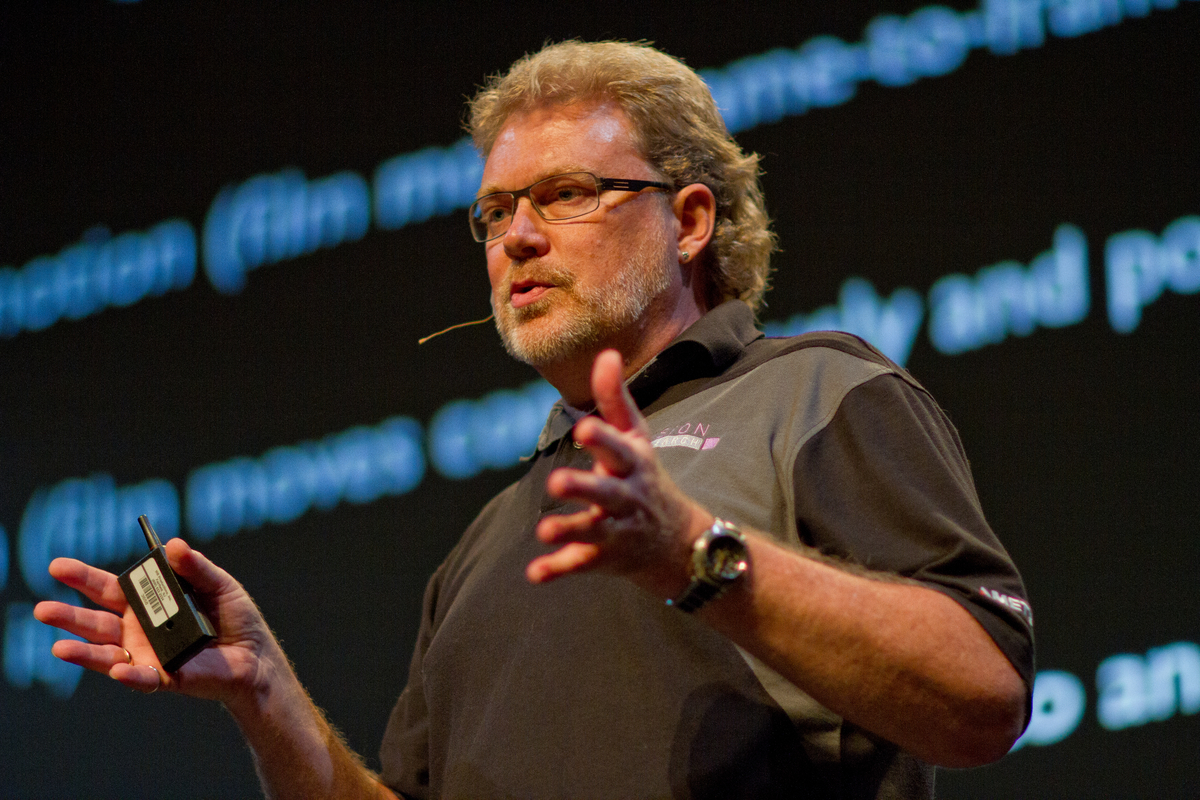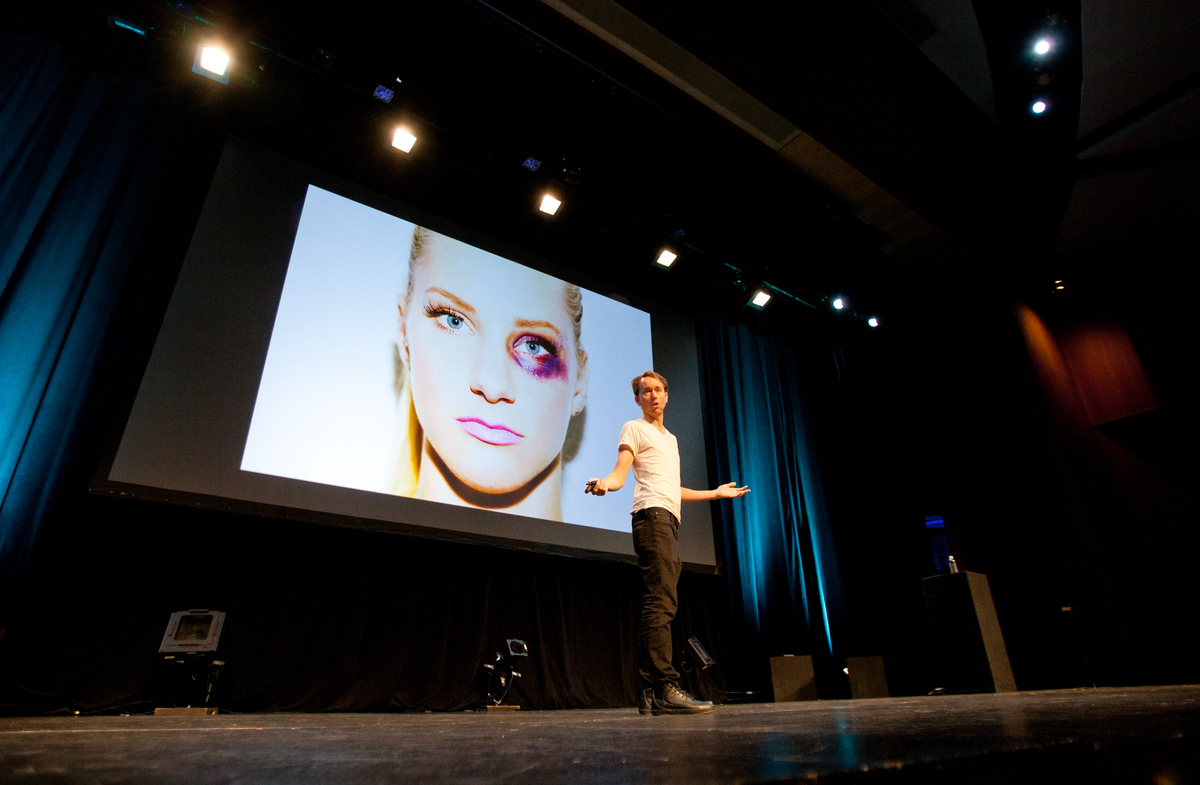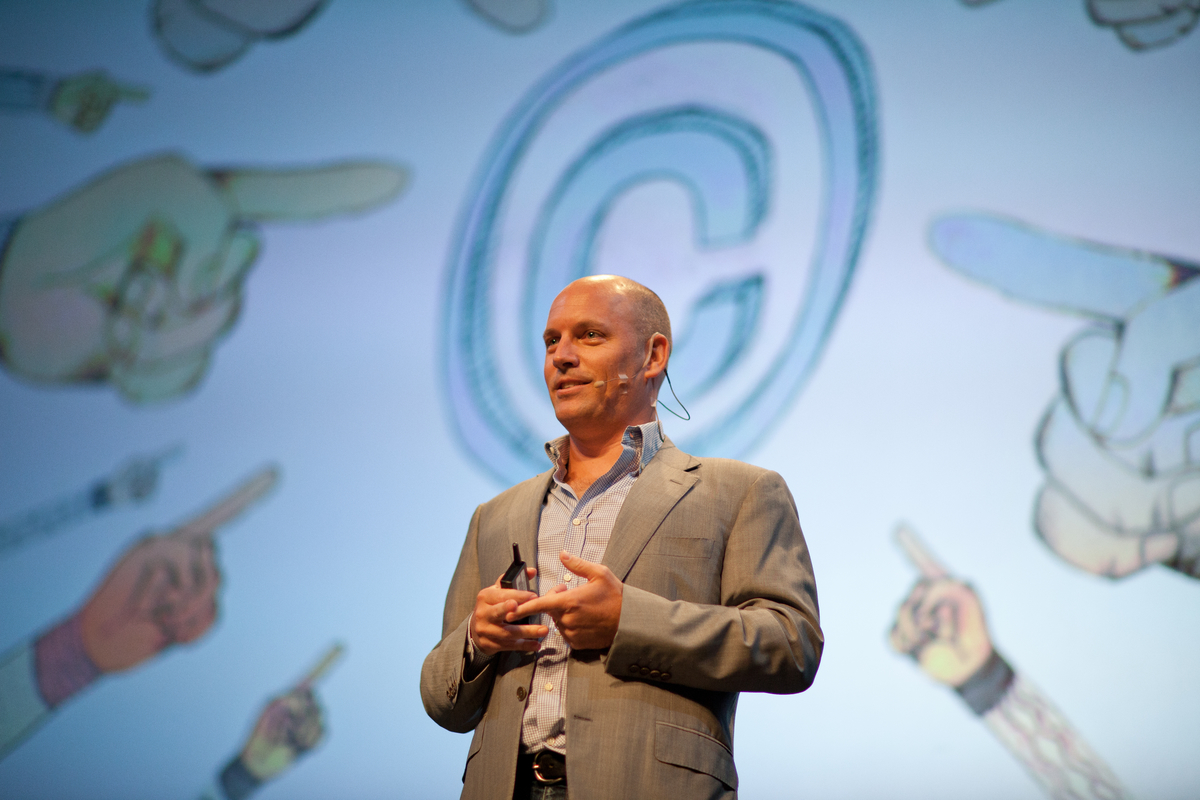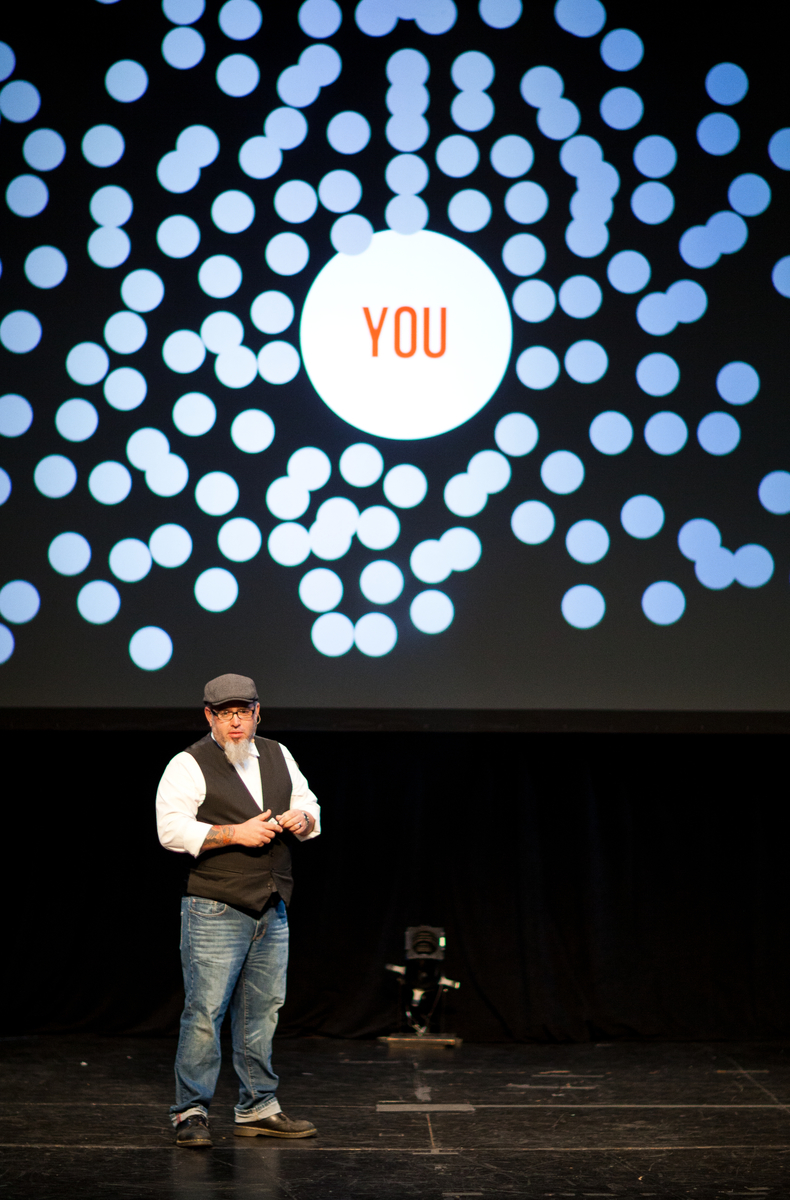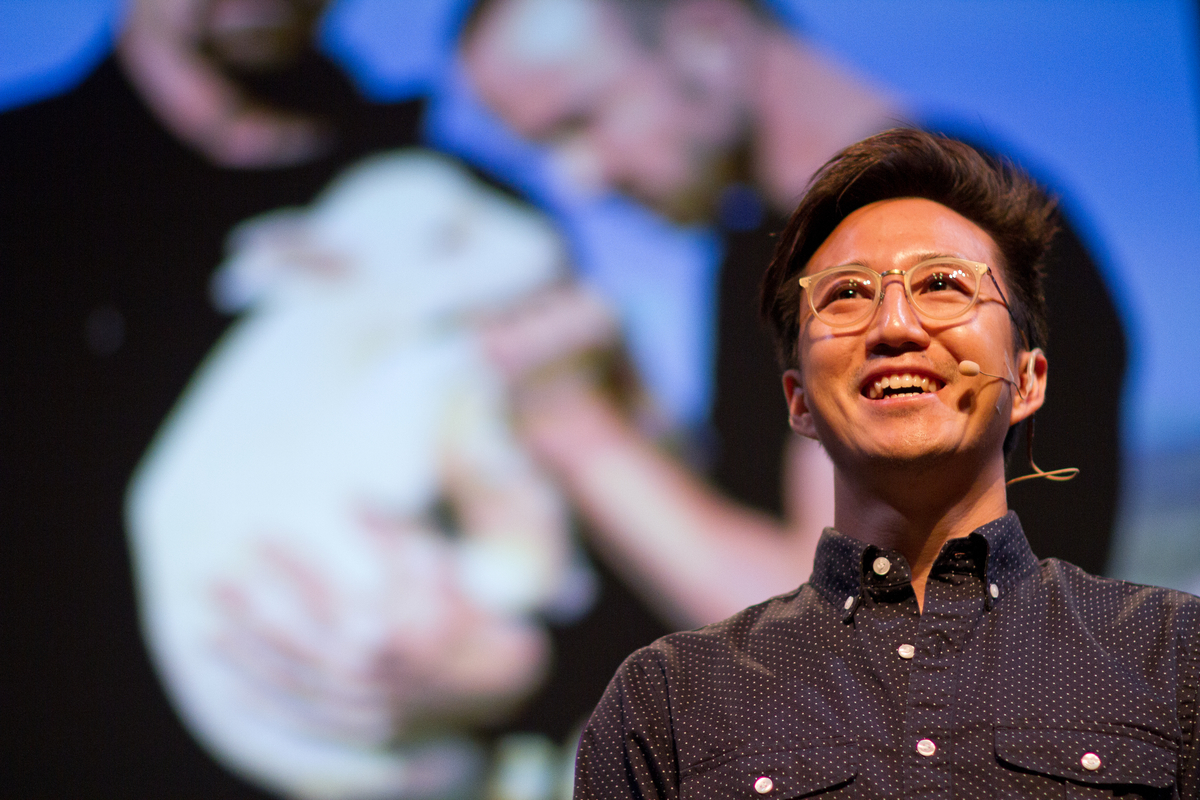TimeWarpers: Evoking an Emotional Response, Last Session of Luminance
Rick Robinson, division vice president of marketing for Vision Research opened the last session of the conference with a stunning video by Variable shot using high speed imagery. He said there is an "undeniable appeal of high speed imagery." The high-speed cameras that Vision Research makes can shoot up to 1.4 million frames per second. Earlier this year they released a small 2500 fps camera for about $40,000. Up until that time their cameras cost a minimum of $125,000. High speed photography is often used in science and engineering, functioning like a "time microscope." But high speed photography has an important place in photography as an art as well. He pointed out the emotional response that people have to images played back in slow motion. "When you see it in slow motion you see it again for the very first time," he said. Check out some other stunning videos that use high…

